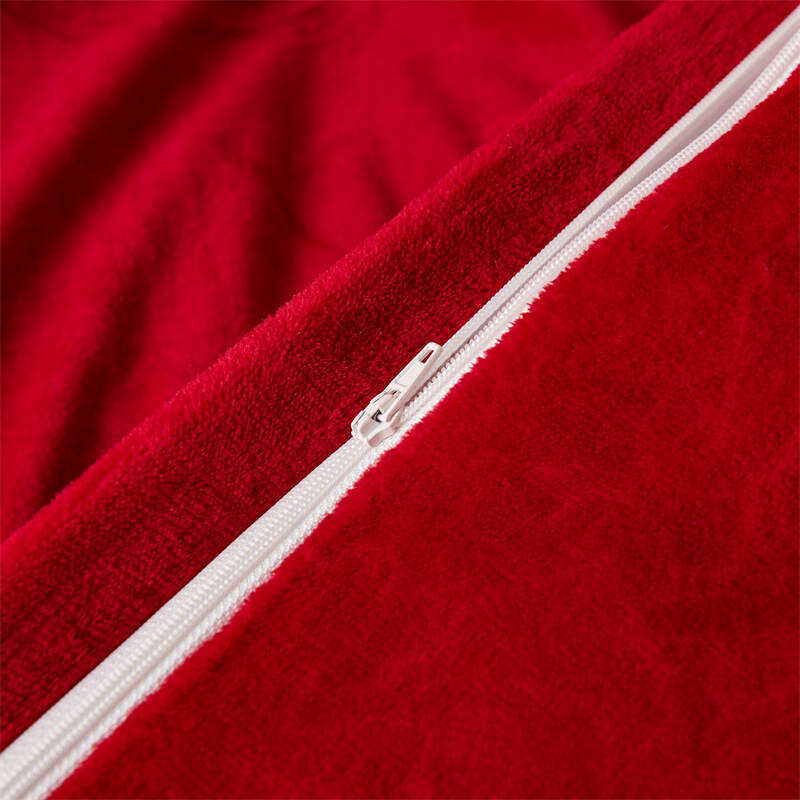When you think of American manufacturing, you might picture car factories or tech gadgets. But there’s a quiet strength in textile production that often goes unnoticed. White single bed quilt covers might seem simple, but they demand precision. The fabric must be soft yet durable, the stitching consistent, the finish flawless. It’s an art backed by industrial rigor. From my years in fabric knitting, I’ve seen how small errors in tension or dyeing can ruin a whole batch. That’s where real manufacturing skill shows. American manufacturers have to compete globally, so they focus on what machines can’t easily do – consistency at scale.
The Role of Fabric Quality in Quilt Covers
Not all cotton is the same. Long-staple cotton, tight weaves, colorfast dyes – these details separate decent quilt covers from ones that last decades. I remember visiting a plant in North Carolina where they tested every incoming yarn batch for tensile strength. That kind of vigilance prevents pilling and tearing after washes. Many brands overlook how fabric weight impacts drape and warmth. Heighter thread counts aren’t always better; sometimes they sacrifice breathability. The best U.S. producers balance aesthetic appeal with physical durability. They know consumers want elegance that survives the washing machine.
Why Manufacturing Process Matters
You can have great design, but poor making ruins everything. Advanced looms from Europe reduce defects like misweaves or uneven edges. At our facility, we use German knitting machines because their precision is unmatched for fine textiles. But machinery alone isn’t enough. Workers need experience to spot issues before they become problems. I’ve always believed that human oversight plus automation creates the best outcome. For quilt covers, processes like mercerization add strength and luster to cotton. Cutting with laser guides ensures pattern alignment stays perfect. It’s these steps that define quality.
Sustainability as a Differentiator
More buyers now ask about environmental impact. They care about water usage in dyeing, energy in production, and material origins. Leading American manufacturers adopt eco-friendly practices not just for marketing, but for efficiency. Reduced waste means lower costs. Recycled packaging appeals to consumers and cuts expenses. I’ve pushed for digital printing technologies that minimize dye waste. It’s a win-win. Companies that invest in sustainable tech often see better long-term loyalty. This shift isn’t trend; it’s business sense.
Meeting Market Needs Through Adaptability
The home textiles market changes fast. Today’s trend might be minimalist white, tomorrow it could be embroidered patterns. Factories that respond quickly gain advantage. Short runs, custom orders, fast turnaround – these are becoming standard asks. Our clients often need samples in weeks, not months. That requires flexible production lines and skilled planning. I’ve learned that building strong supplier relationships ensures material arrives on time. Delays can lose orders. American manufacturers excel when they combine speed with craftsmanship. They fill gaps left by mass producers overseas.

 EN
EN
 AR
AR
 BG
BG
 HR
HR
 CS
CS
 DA
DA
 NL
NL
 FI
FI
 FR
FR
 DE
DE
 EL
EL
 HI
HI
 IT
IT
 JA
JA
 KO
KO
 NO
NO
 PL
PL
 PT
PT
 RO
RO
 RU
RU
 ES
ES
 SV
SV
 CA
CA
 TL
TL
 IW
IW
 ID
ID
 LV
LV
 LT
LT
 SR
SR
 SK
SK
 SL
SL
 UK
UK
 VI
VI
 SQ
SQ
 ET
ET
 GL
GL
 HU
HU
 MT
MT
 TH
TH
 TR
TR



